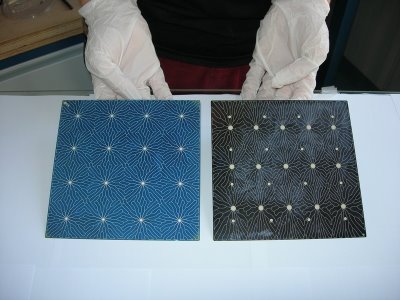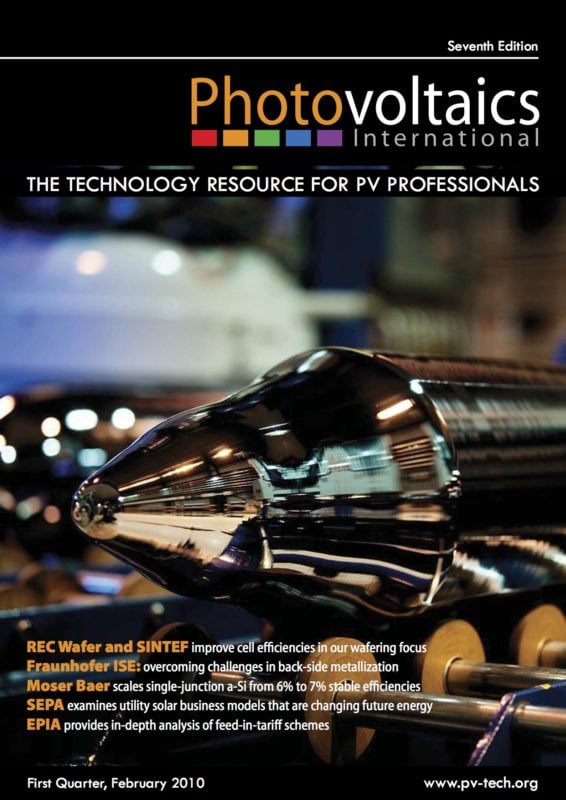By Paul de Jong, Research Manager Module Technology, Energy Research Centre of the Netherlands (ECN)
The main goal of the solar industry is to reach grid parity as soon as possible. This can be achieved by reducing the manufacturing costs, by increasing conversion efficiencies and/or by improving the lifetime of solar modules. Driving down the cost of modules is not straightforward. Commercially available PV modules are typically sold with 20-year warranties, and changing these materials for economic reasons requires extensive material testing and recertification of the new module design. In the following sections, we will focus on the cost drivers of module manufacturing processes and how that could evolve into new module designs.



